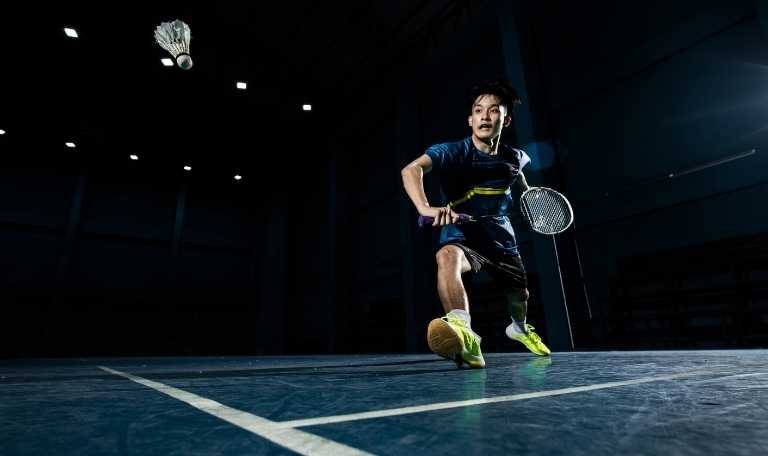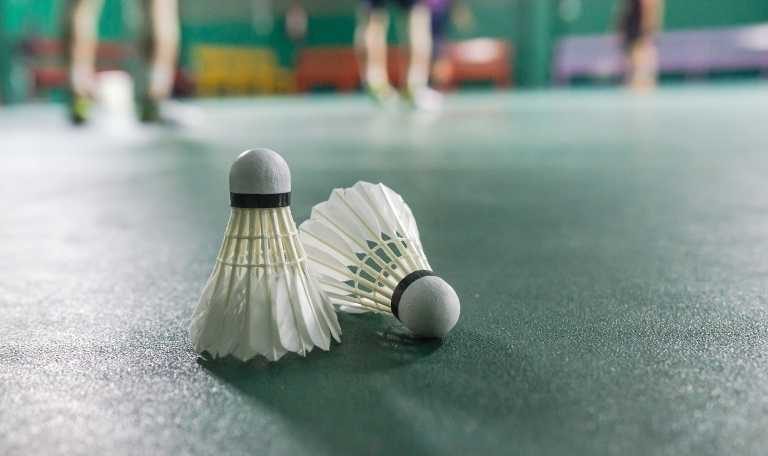Home » Indoor Sports Court » Pros and Cons of Playing on Different Badminton Court Surface Types at Different Levels
Pros and Cons of Playing on Different Badminton Court Surface Types at Different Levels

Badminton is a sport that is played on various different surface types that each come with certain advantages and disadvantages. If you are planning to install a badminton court for your sports facility it is essential to understand the differences and which surface material is optimal for the main users at your sports center.
So, let’s dive in and learn more about the pros and cons of playing on these surfaces at different levels.
If you are here to understand how much it would cost to install a badminton court, use one of these cost calculators to find out:
Kick Off Your Gym Flooring Project
We’ve created a comprehensive set of tools designed to assist facility managers and project planners in initiating their projects and connect them with the professionals in the industry.
Synthetic Badminton Court surface
BWF (Badminton World Federation) officially approves synthetic courts for playing international matches and tournaments.
These courts have a wooden base on top, and synthetic mats are laid over it, either made of polyvinyl chloride or polyurethane.
Synthetic courts prevent injuries and provide better traction, bounce, and anti-slip feature. Professional badminton players mostly prefer these courts.
Rather than this, synthetic courts are easy to maintain and cheaper than the others mentioned in this article.
Pros of playing on a synthetic court surface
- Synthetic courts are easy to maintain and take care of
- Budget-friendly
- These courts hold amazing quality
- Indulge in the anti-slip feature
- Helps in preventing injuries
- Available in different variants and colors
- The mats indulged in it are easy to join and provide amazing stability
- Provides amazing stability and grip
Cons of playing on a synthetic court surface
- One in the habit of playing on a wooden surface might face some problems while playing on a synthetic floor for the first time
Wooden Badminton Court surface
Suppose you are playing a friendly match or want a set-up to perform some effective badminton shots. In that case, I suggest you play on a wooden badminton court, as a wooden badminton court provides you with an amazing level of traction and shock-absorbing feature.
Also, you must keep some points in your mind while practicing and playing on a wooden surface. You must always wear excellent grip and non-marking shoes and try to play on a dry surface because you can easily slip and face severe injury while playing on a wet wooden court surface.
Pros of playing on a wooden court surface
- Has an elegant appearance
- Indulged in a touch of heritage
- Best for friendly and domestic tournaments
- Provides an amazing shock-absorbing feature
Cons of playing on a wooden court surface
- Slippery
- Slightly expensive
- Hard to maintain
- Players can face some gripping problems while moving and running on the court

Cement Badminton Court Surface
Cement courts are for outdoor badminton and are made of concrete and cement. These courts are cheaper to build than the other court surfaces mentioned in this article.
But being a coach and a badminton player, I will never recommend you to play on such surfaces because it is unstable for your knees and cause some severe injuries like cramps and sprains.
Rather than this, such type of court surface does not provide better traction and stability, and you can’t play on a wooden floor anymore after playing on it.
Pros of playing on a cement court
- Budget-friendly
- Best for those who love to play badminton just for fun and outdoors
- One-time investment
Cons of playing on a cement court
- Gets dusty easily
- Do not provide traction while playing
- It can lead you to face some severe injuries
- Players learning the game on a cement court can face difficulties while transitioning to a wooden or synthetic badminton court surface
Acrylic Badminton Court Surface
Acrylic court surfaces are usually made up of asphalt or concrete. They are covered with acrylic material, which helps seal the surface and mark the boundary or playing lines while providing cushioning.
These types of badminton court surfaces are quite similar to synthetic ones and come in different colors compared to synthetic and wooden floors; acrylic floors do not provide shock absorption.
Pros of playing on an acrylic court surface
- Easy to maintain
- Budget-friendly
- Durable and long-lasting
- Available in different color variants
- One of the most preferred badminton courts surfaces by players
Cons of playing on an acrylic court surface
- Acrylic court surfaces are harder in comparison to PVC and PU.
- These types of court surfaces are low-shock absorbing.
- If not maintained properly, there are chances of growing algae and moss on it.

Kick Off Your Gym Flooring Project
We’ve created a comprehensive set of tools designed to assist facility managers and project planners in initiating their projects and connect them with the professionals in the industry.
Final words
Suppose you are a badminton player or play badminton just for fun. In that case, you might have experienced playing on these different badminton court surfaces that hold their advantages and disadvantages.
If you want to advance in this sport and become a good badminton player, I suggest you play and practice on synthetic or wooden court surfaces. These court surfaces will also help you improve your game skills and also help in preventing injuries.
About the writer
The writer is the creator of Badminton Weekly, a website that aims to improve the skills, knowledge, and overall game of badminton players on different levels. The writer has 20 years of experience both as a competitive badminton player and coach.

